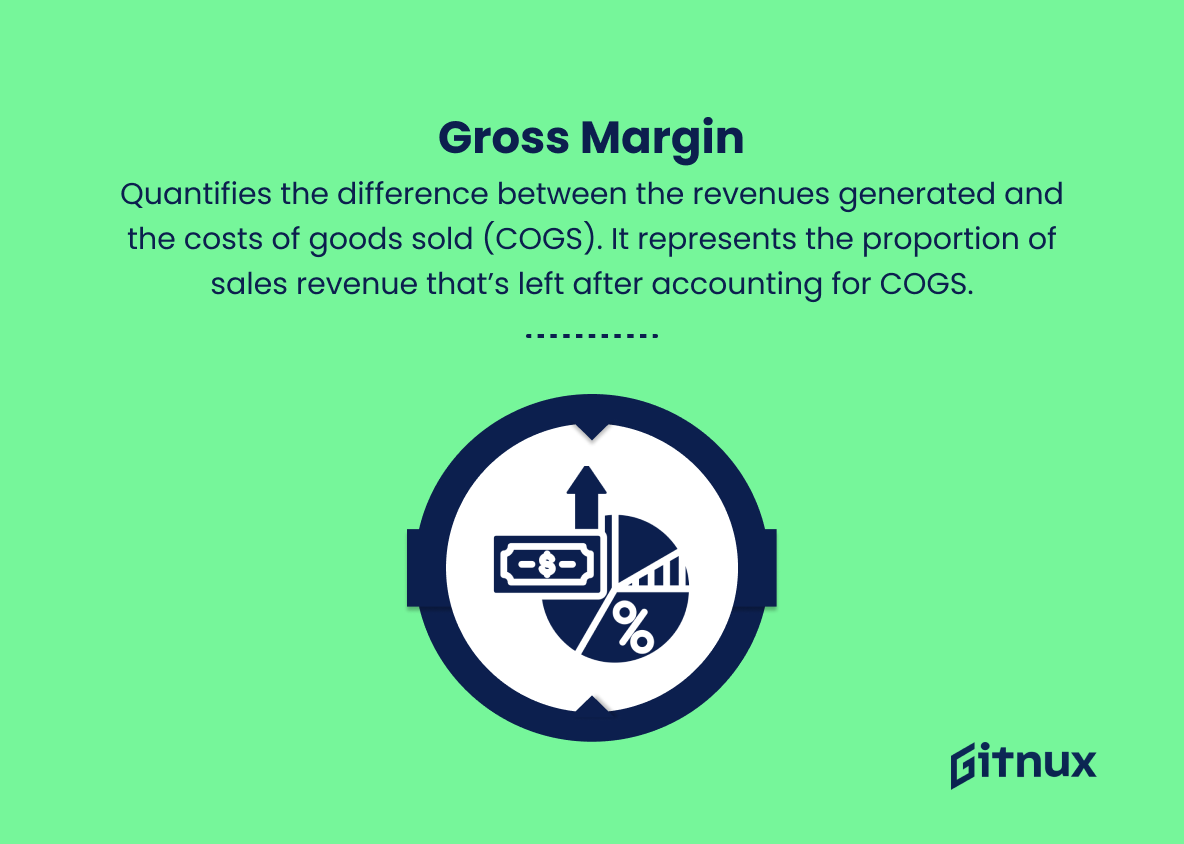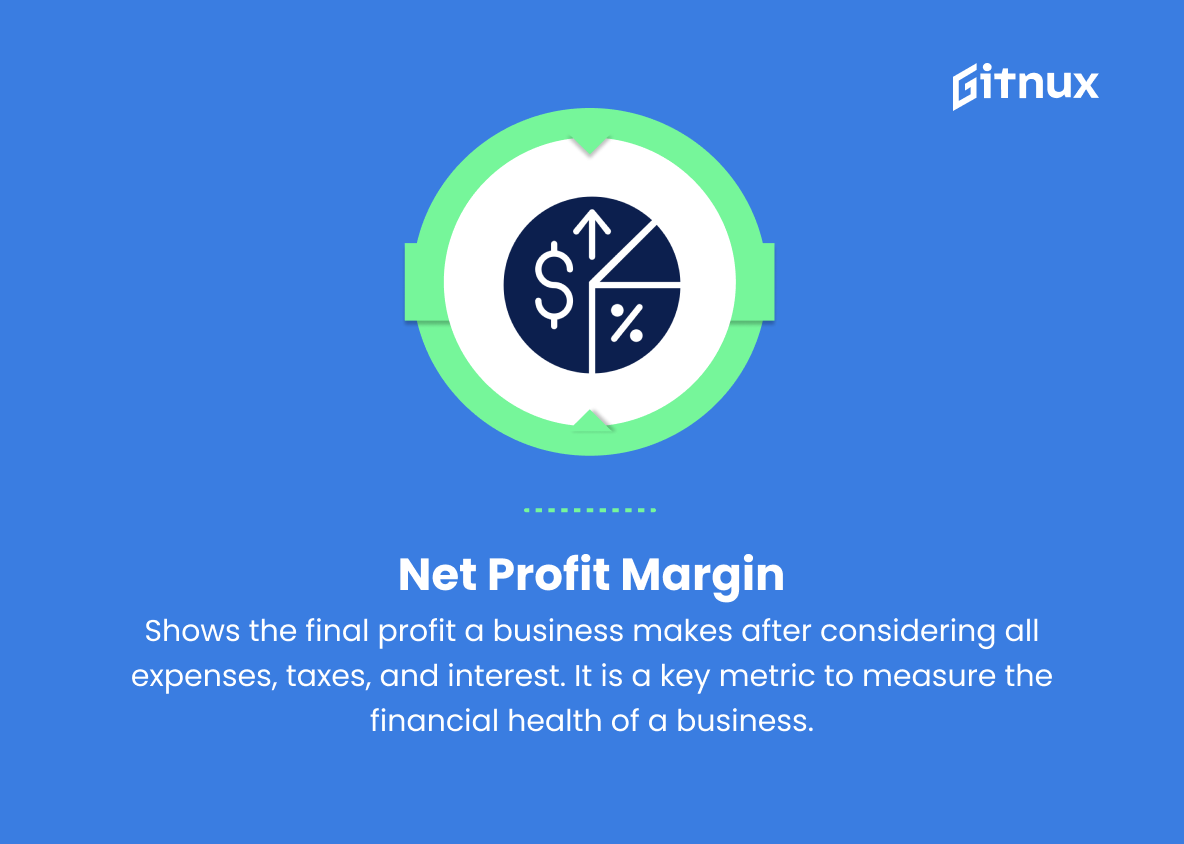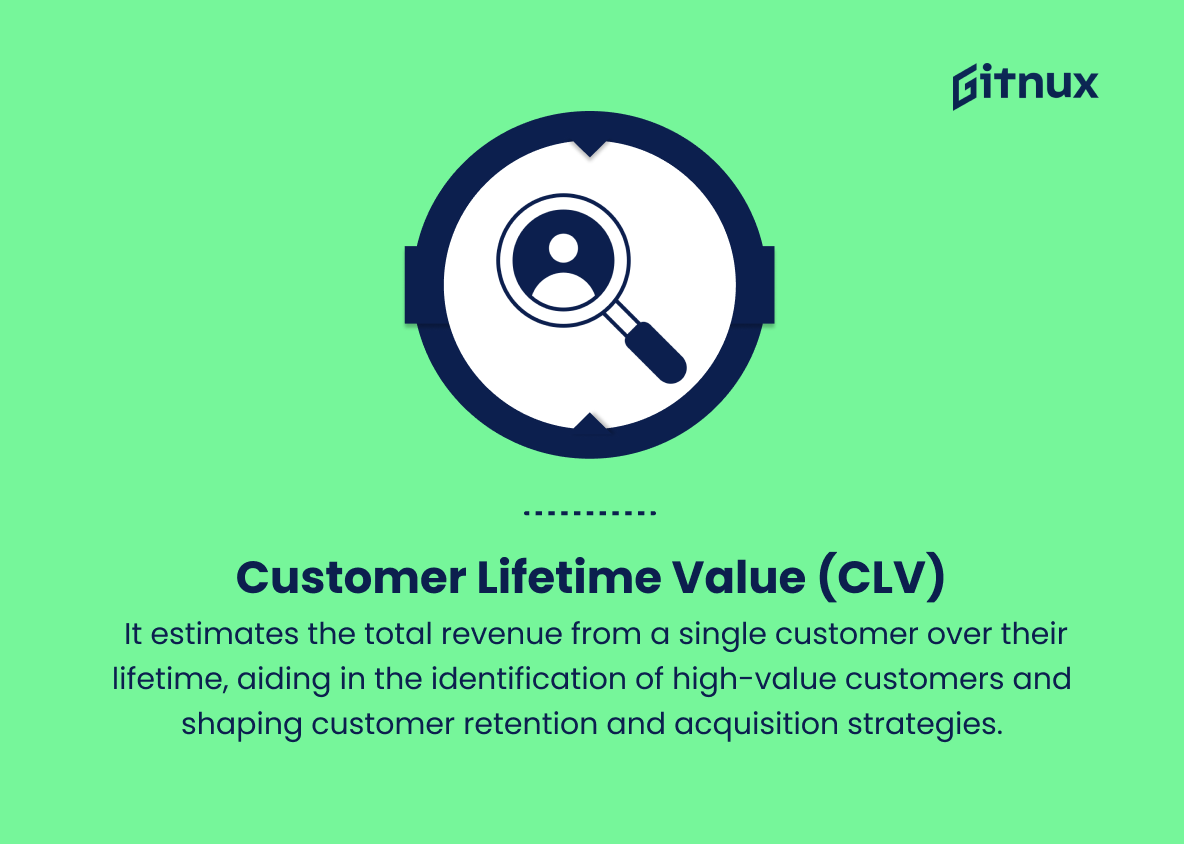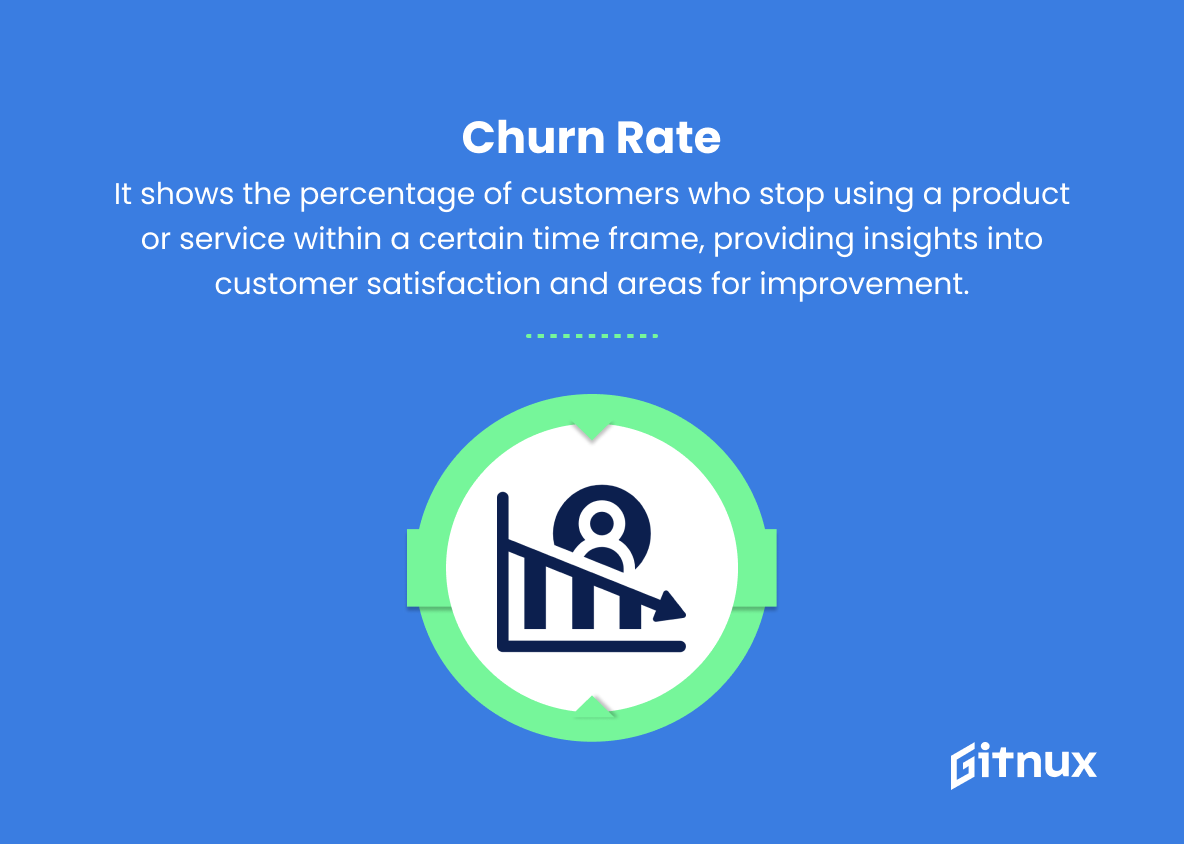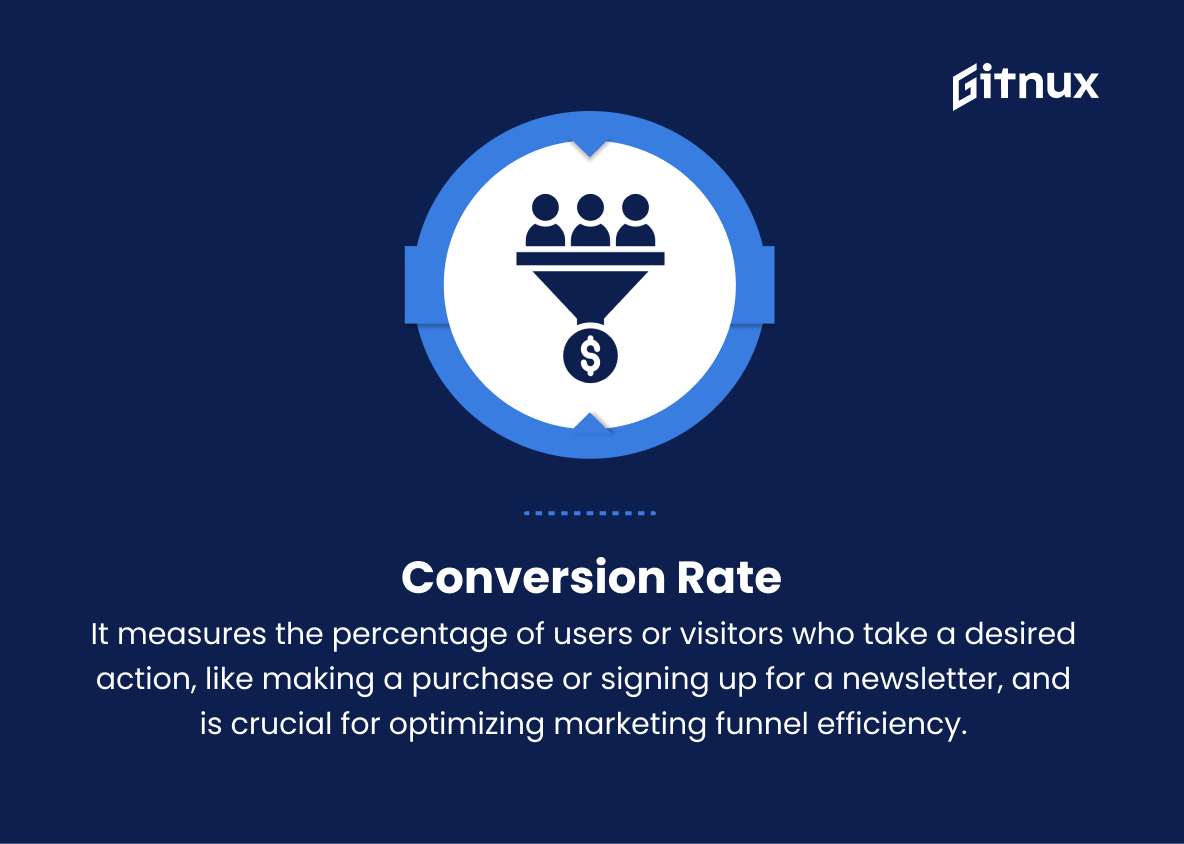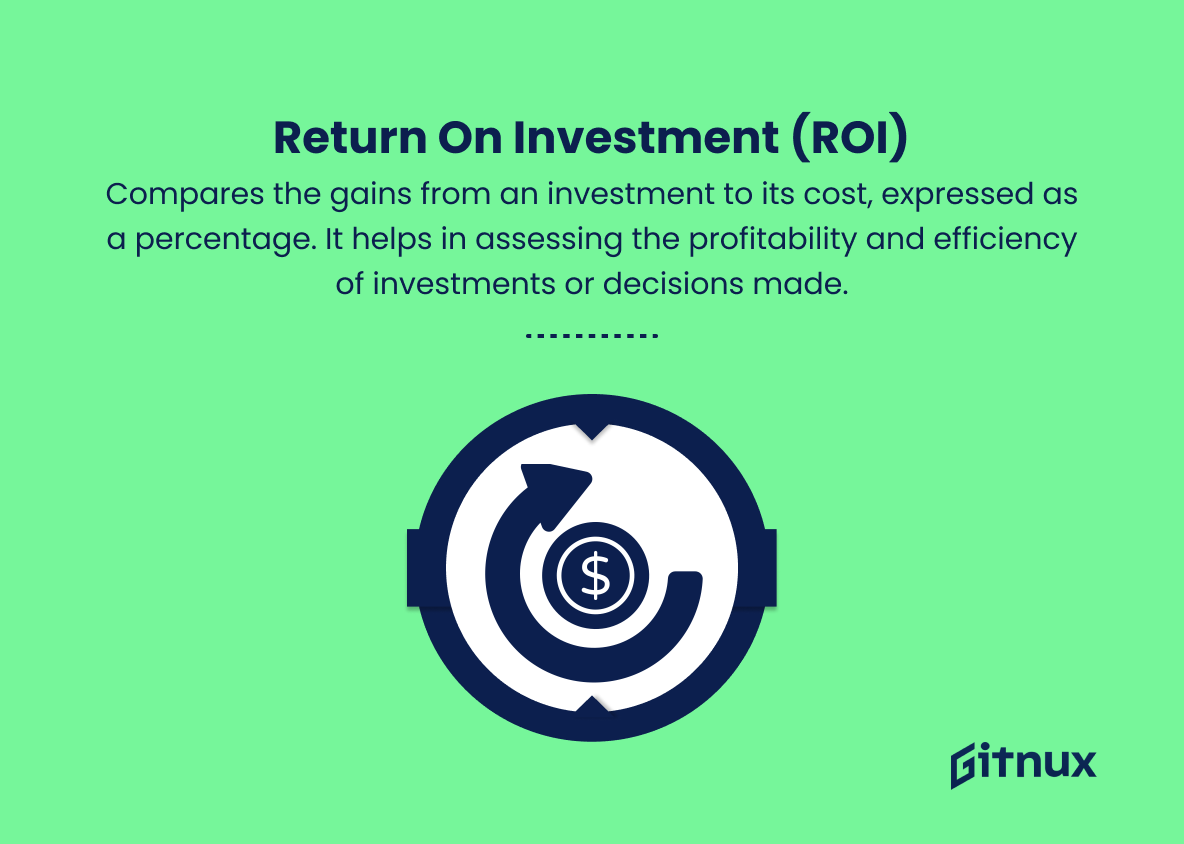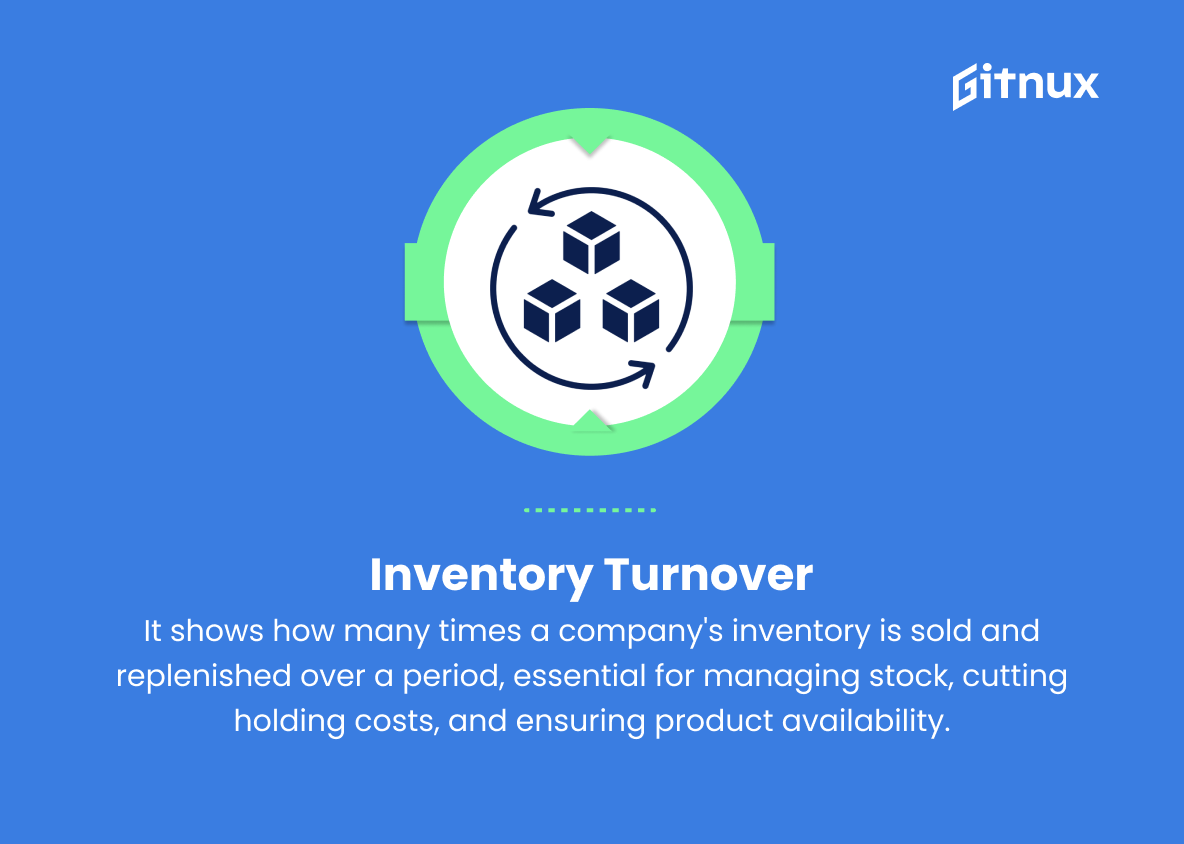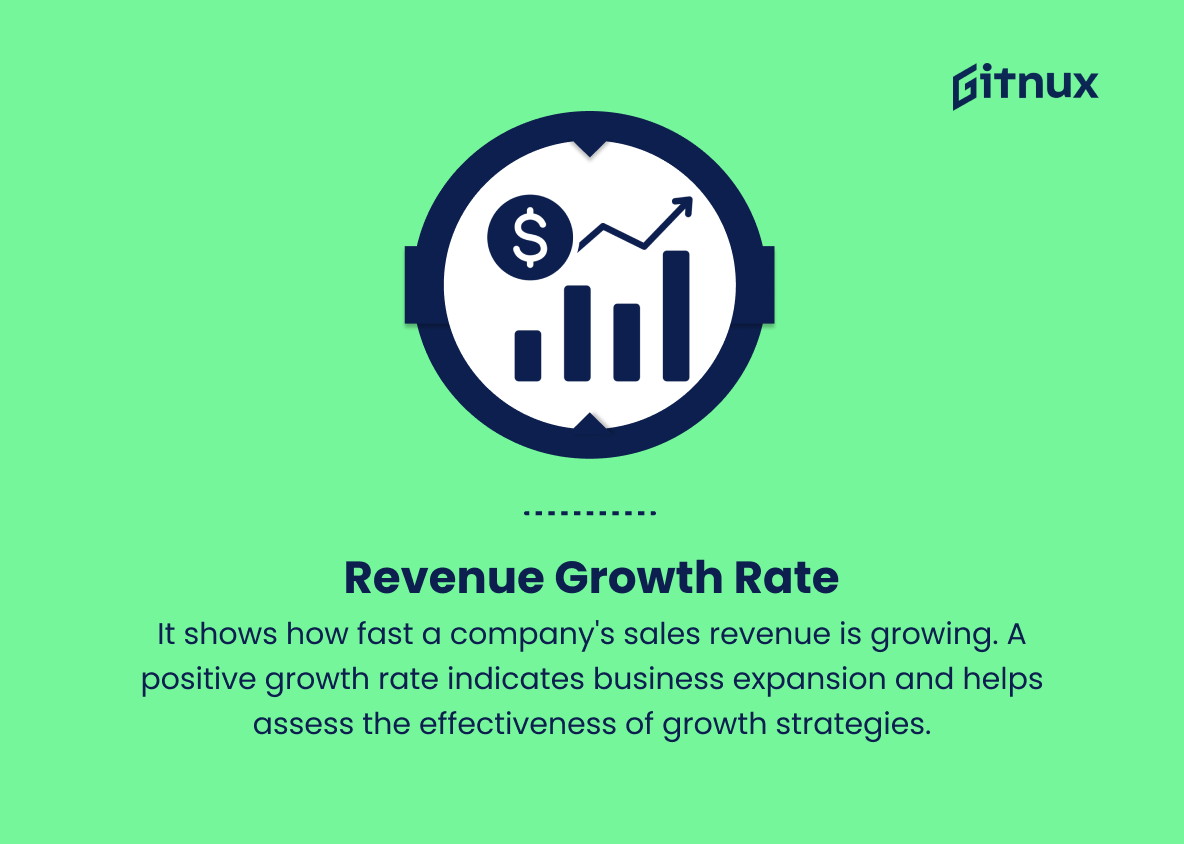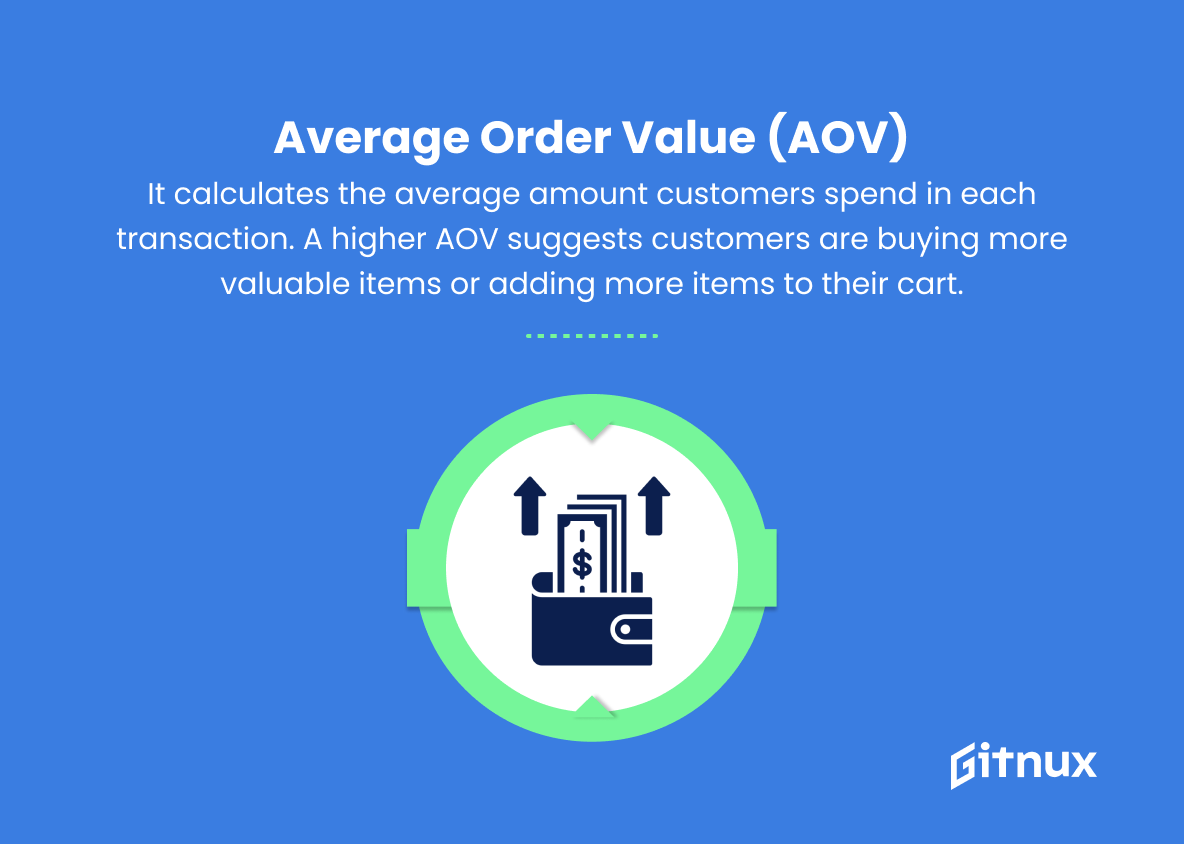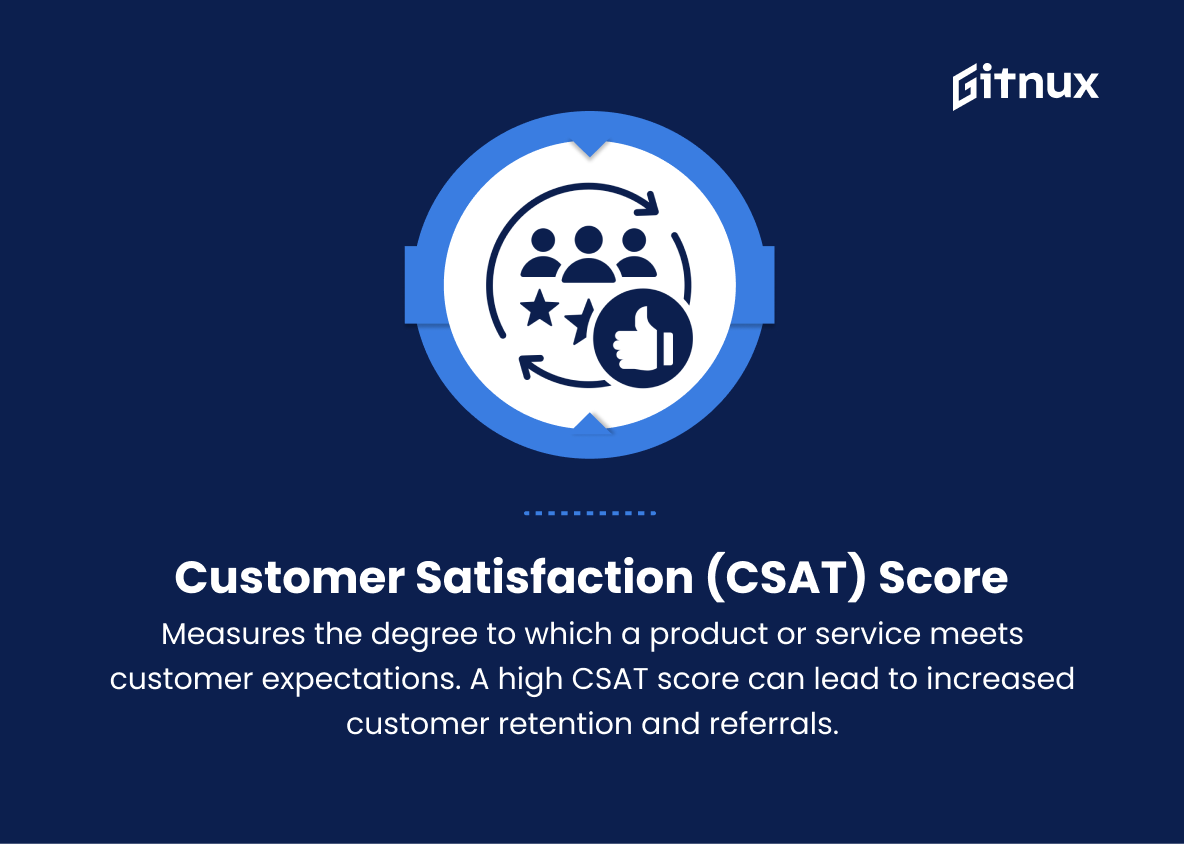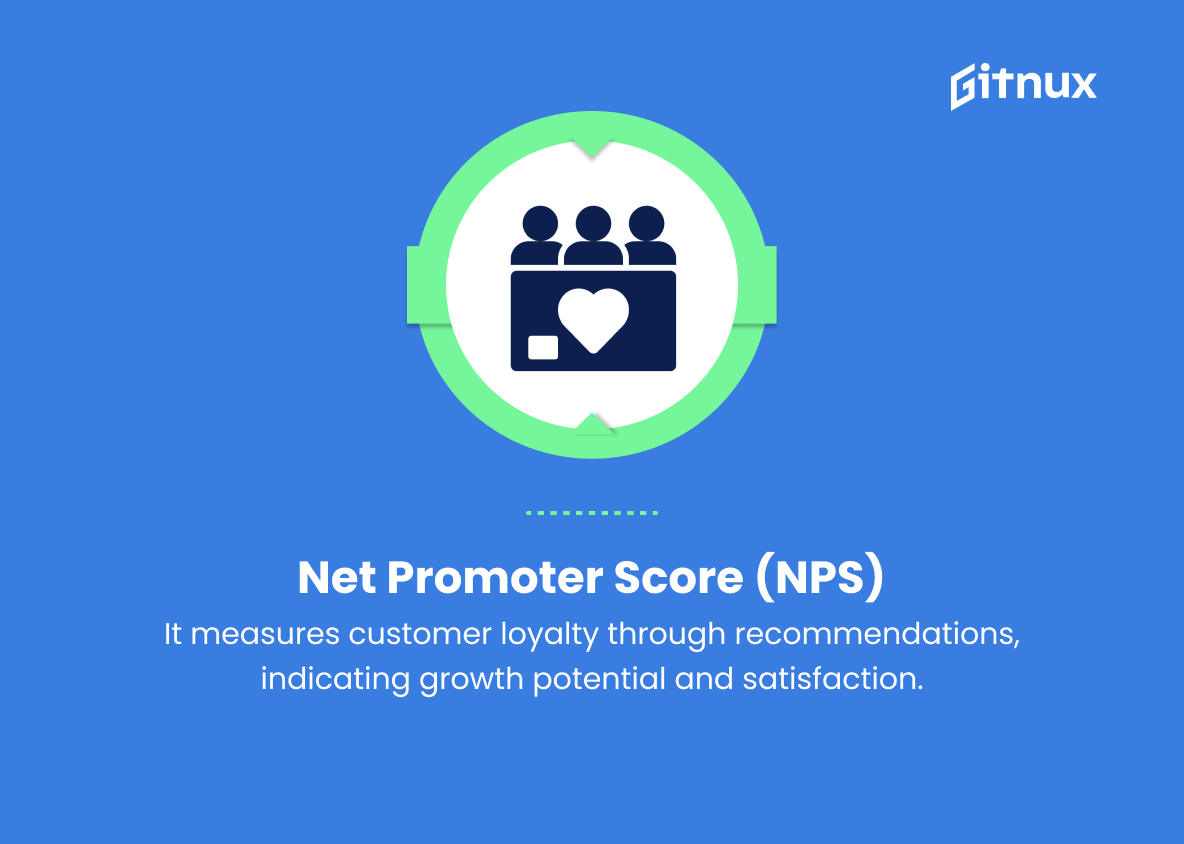In today’s increasingly digitized and data-driven business landscape, staying competitive and making informed decisions requires a deep understanding of key performance indicators (KPIs) and metrics. Business Intelligence Metrics, powerful tools that evaluate and analyze a company’s operations, resources, and performance, are at the heart of transforming raw data into meaningful insights.
The proper use of Business Intelligence Metrics is instrumental in aligning strategies, improving efficiency, and ultimately driving growth. In this blog post, we will delve into the significance of these metrics, explore their various types, and discuss how their effective utilization can profoundly impact an organization’s success.
Business Intelligence Metrics You Should Know
1. Sales revenue
Measures the total income generated from the sale of goods or services over a given period. It indicates the overall performance of a business and is a primary source of their profit.
2. Gross margin
Quantifies the difference between the revenues generated and the costs of goods sold (COGS). It represents the proportion of sales revenue that’s left after accounting for COGS.
3. Net profit margin
Shows the final profit a business makes after considering all expenses, taxes, and interest. It is a key metric to measure the financial health of a business.
4. Cost per acquisition (CPA)
Calculates the average cost incurred to acquire one paying customer. It’s critical in determining the effectiveness of marketing campaigns and overall return on investment (ROI).
5. Customer lifetime value (CLV)
Estimates the total revenue a business can generate from a single customer throughout the customer’s lifetime. It helps identify high-value customers and guides customer retention and acquisition strategies.
6. Churn rate
Indicates the percentage of customers who discontinue a product, service, or subscription within a given period. This metric helps in understanding customer satisfaction and identifies areas of improvement.
7. Conversion rate
Measures the percentage of users or visitors who perform a desired action (e.g., make a purchase, sign up for a newsletter). It is an essential metric to optimize marketing funnel efficiency.
8. Return on investment (ROI)
Compares the gains from an investment to its cost, expressed as a percentage. It helps in assessing the profitability and efficiency of investments or decisions made.
9. Inventory turnover
Represents how many times a company’s inventory has been sold and replaced over a given period. This metric is crucial for managing stock levels, reducing holding costs, and ensuring product availability.
10. Employee productivity
Quantifies the output of each employee, usually measured as revenue or units produced per employee. A higher employee productivity is an indicator of operational efficiency.
11. Revenue growth rate
Indicates the rate at which a company’s sales revenue is increasing over time. A positive growth rate suggests business expansion and helps to evaluate the effectiveness of growth strategies.
12. Average order value (AOV)
Calculates the average amount customers spend per transaction. A higher AOV suggests that customers are purchasing more high-value items or adding more items to their cart.
13. Customer satisfaction (CSAT) score
Measures the degree to which a product or service meets customer expectations. A high CSAT score can lead to increased customer retention and referrals.
14. Market share
Represents the percentage of total sales in a market that a business has captured. It reflects the company’s competitiveness and position in the industry.
15. Net promoter score (NPS)
Evaluates customer loyalty by measuring their willingness to recommend a company’s products or services to others. It is a valuable indicator of long-term growth potential and customer satisfaction.
Business Intelligence Metrics Explained
Business Intelligence metrics play a crucial role in evaluating a company’s overall performance, financial health, and potential for growth. Sales revenue serves as the foundation for understanding a business’s success, while gross margin and net profit margin reveal the company’s ability to manage costs and generate profits. Metrics like CPA, CLV, churn rate, and conversion rate offer insights into the effectiveness of marketing strategies and customer satisfaction, with inventory turnover and employee productivity assessing operational efficiency.
Revenue growth rate, market share, and average order value help monitor the company’s expansion and competitiveness in the market, while customer satisfaction (CSAT) score, and net promoter score (NPS) measure how well the company meets customer expectations and fosters loyalty. Overall, these metrics guide businesses in making informed strategic decisions to enhance their operations, growth, and long-term success.
Conclusion
In conclusion, the effective implementation of Business Intelligence metrics is crucial for data-driven decision making and the overall success of an organization. As we have explored in this blog post, these metrics help in translating raw data into actionable insights, enabling businesses to improve efficiency, increase competitive advantage, and drive growth.
By prioritizing the relevant metrics, aligning them with company goals, and constantly refining and updating them to keep up with the ever-changing business landscape, organizations can harness the true potential of their data and foster a culture of continuous improvement. Ultimately, the right use of Business Intelligence metrics empowers businesses to make well-informed decisions and maintain a sustainable edge over their competitors in today’s rapidly evolving marketplace.

